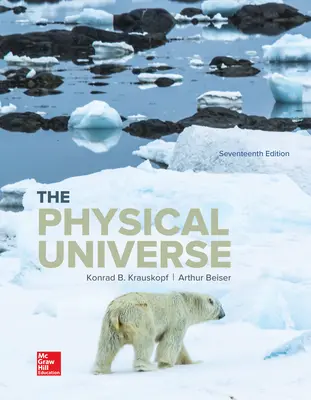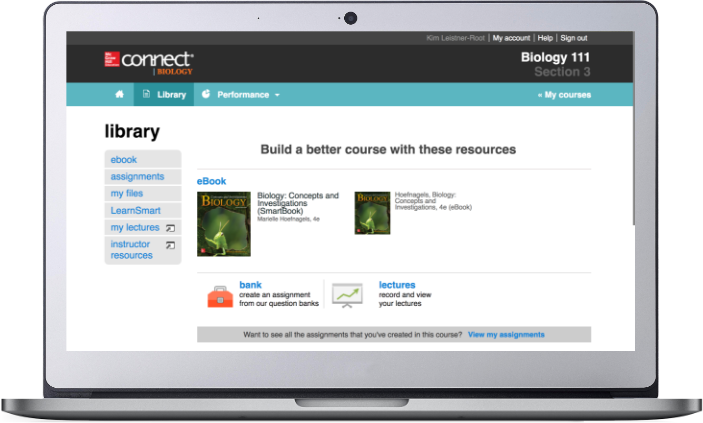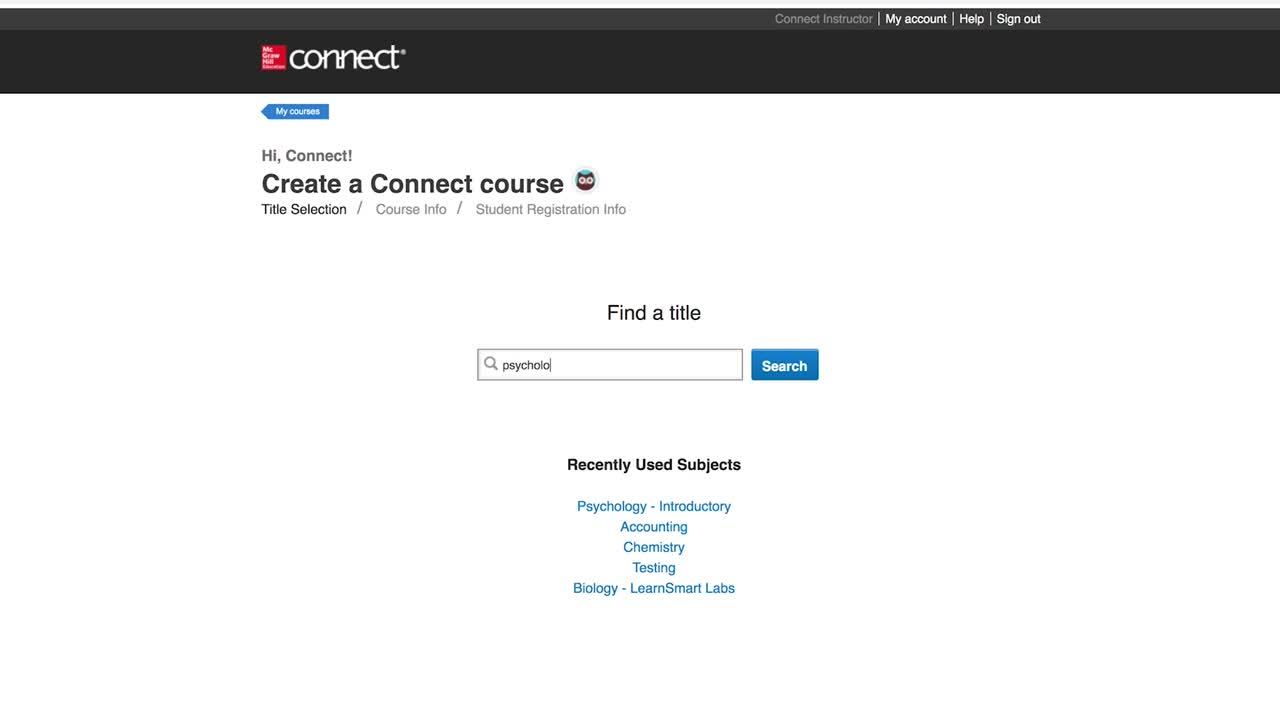
The Physical Universe
17th EditionISBN10: 1260150526
ISBN13: 9781260150520
Copyright: 2020
Instructors: choose ebook for fast access or receive a print copy.
Still Have Questions? Contact your Rep
Program Details
Affordability
Find out more about our affordable course material programs.
Reduce course material costs for your students while still providing full access to everything they need to be successful. It isn't too good to be true - it's Inclusive Access.
Learn more about Inclusive Access here.
When your students still want a book but don't want to keep it, McGraw-Hill's Textbook Rental program provides students with our latest editions at our most affordable hardcover prices.
Learn more about our Textbook Rental program.
Want more information?


By prompting students to engage with key concepts, while continually adapting to their individual needs, Connect activates learning and empowers students to take control resulting in better grades and increased retention rates. Proven online content integrates seamlessly with our adaptive technology, and helps build student confidence outside of the classroom.
Learn moreEquip students with adaptive, mobile study resources. They'll be better prepared in less time. They'll thank you.
Learn moreHow to Access Instructor Tools for your Course

- To get started, you'll need to visit connect.mheducation.com to sign in. (If you do not have an account, you'll need to request one from your MH rep. To find your rep – visit the Find Your Rep page).
- Then, under "Find a Title," you'll search by title, author or subject.
- Select your desired title and create a course. (Note – you do not have to create assignments, just a course instance)
- Then go to your Connect course homepage.
- In the top navigation, select library to access the instructor resources that accompany the title.
Accessibility Rubric
Creating accessible products is a priority for McGraw-Hill. We have put in place processes to make accessibility and meeting the WCAG AA guidelines part of our day-to-day development efforts and product roadmaps.
Please review our accessibility information for this specific product.
In future editions, this rubric will be reformatted to increase accessibility and usability.
McGraw-Hill sites may contain links to websites owned and operated by third parties. These links are provided as supplementary materials, and for learners’ information and convenience only. McGraw-Hill has no control over and is not responsible for the content or accessibility of any linked website.
For further information on McGraw‐Hill and Accessibility, please visit our accessibility page or contact us at accessibility@mheducation.com

